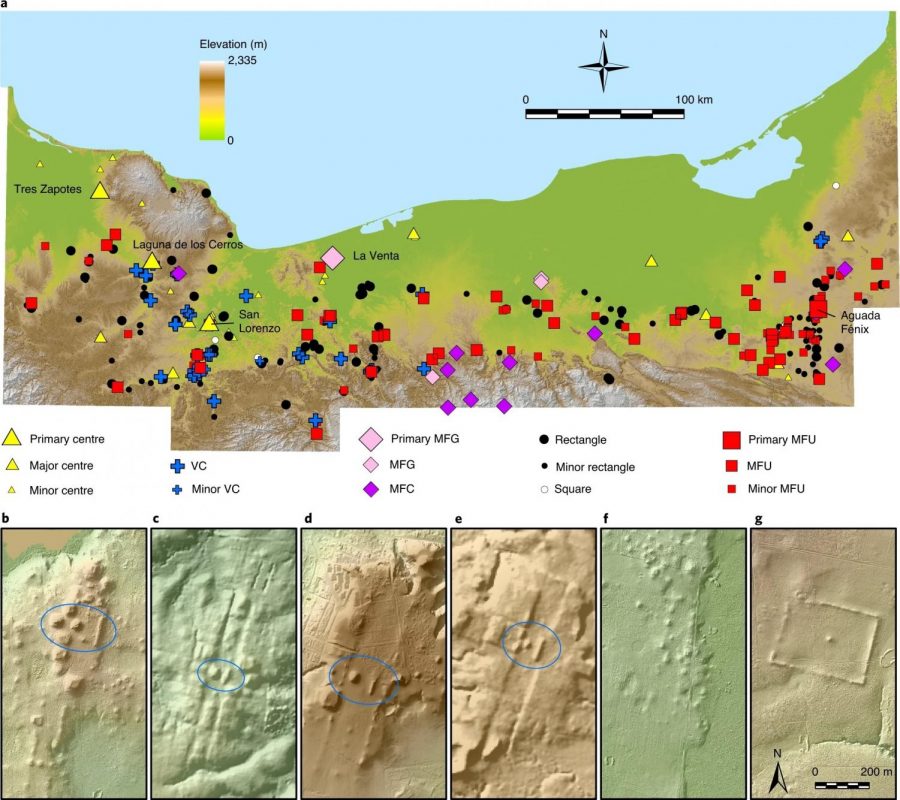UT-Austin researchers discover hundreds of ancient sites in Southern Mexico using laser mapping data
November 23, 2021
UT researchers were among a group that discovered almost 500 ancient ceremonial centers dating before the Classic Age of the Maya Civilization in southern Mexico.
University researchers, along with others from the University of Arizona, University of Houston and various Mexican institutions, worked together using laser mapping data to uncover hundreds of sites dating back from about 1,050 B.C. to 400 B.C., said Thomas Garrison, a geography and environment assistant professor. These sites can be used to set up research projects for decades to come, Garrison said. The researchers began on-site data collection in 2017 and published their findings Oct. 25 of this year.
“Archaeological projects usually focus on individual sites,” Garrison said. “With the discovery of hundreds of new sites, each one could be the target of a future excavation project.”
Timothy Beach, a co-author of the study at the University, said researchers beamed laser pulses down to the ground to penetrate through small areas and vegetation, allowing them to map the ground surface and find ancient buildings underneath the tropical forests.
Garrison said the Maya civilization occupied many different parts of ancient Mexico and Central America during 1000 B.C. The Mayans are famous for having the most sophisticated calendar in the New World and a written language during their time, he said.
“At the time the Spanish arrived, the Maya could track the phases of the moon and the phases of Venus more accurately than (what) could be done in Europe,” Garrison said.
Despite the collapse of the Mayan government, there are still over six million people that speak Mayan dialects as part of the modern Maya culture across Central America , Garrison said.
The ancient sites were found in the tropical regions of Tabasco and Veracruz after using the light detection and ranging technology over 85,000 square kilometers of land, said Takeshi Inomata, anthropology professor at the University of Arizona and lead author of the study.
Researchers are interested in learning about the Maya civilization because it can help inform society’s past, present and future, Inomata said.
“As we study the origin of these civilizations, we are looking at the change in society in terms of its subsistence,” Inomata said. “Those are the problems we face today. Inequality that exists in today’s society, the environmental problems that we face in today’s society, particularly in the tropical regions of third world countries, those issues are pretty important.”
Beach, a geography and environment professor, said since the ancient sites were found in the tropical parts of South America, the discovery tells researchers the history of the tropics, how civilizations were able to live and populate in these regions for so long and how they were able to adapt to large-scale environmental changes.
“It also gives us hope for the present and future with all of our climate changes and our hazards that are going on, that humans have historically persisted,” Beach said. “I’m not taking away the existential threat of climate change to humanity right now … but what it underscores is that humans have done it in the past and they are going to be able to do it again.”



